"Seems the same school of thought and brain genius that enables one to seek adventure and tackle things others don’t even dream of doing is the same common thread to inventing ideas that change society and lead to a better way of life and productivity."
I'm not sure if Pulitzer counts the capacity for shameless plagiarism among the "brain genius" powers that he feels place him in the upper echelon of human creativity, but this post of his demonstrates it out the wazoo. As someone who grades a lot of papers and is now unfortunately familiar with Pulitzer's writing style, the cut-and-paste was easy for me to spot. This post gets a big fat zero for the shameless, intentional use of unattributed content.
Here is a snippet of Pulitzer's text (I have bolded the portion of it that is his original writing):
"Besides being credited as the “inventor” and “Commander” of our nation, George Washington played a role in establishing the U.S. patent system. But why was he interested in inventing at all? Washington ran into a man named James Rumsey at an inn where both were staying. Rumsey showed Washington a model of his invention: a mechanical boat that could propel itself upstream by grappling on the bottom."
Here is text from the website InventHelp.com:
"Besides being credited as the "inventor" of our nation, George Washington played a roll in establishing the U.S. patent system. But why was he interested in inventing at all? Washington ran into a man named James Rumsey at an inn where both were staying. Rumsey showed Washington a model of his invention: a mechanical boat that could propel itself upstream by grappling on the bottom."
So . . . yeah . . . add two words at the beginning and call it good, right? Pulitzer goes on to plagiarize sections about Thomas Jefferson, Abraham Lincoln, and Teddy Roosevelt from the same site. Then he cuts and pastes unattributed text from Wikipedia for his section on "modern day examples of this rough and tumble, yet inventive crowd," including lifted descriptions for Richard Branson, Steve Fossett, and Elon Musk.
Pulitzer inserts himself in the "brain genius" lineup between Branson and Fossett, claiming that he "has accomplished more historic re-discoveries than any historic or modern explorers."
I'm not even sure what that means, but at least it's original writing.
Nowhere in Pulitzer's blog post (or anywhere on the page that I can see) are there any attributions of any sources for his text, not even in the most general way. There is what appears to be some kind of attribution at the beginning ("Original Publication Date November 19, 2013 -Washington, DC – Fun facts in History. Tom Velasquez Reprint Rights Granted") but I don't know what it's supposed to refer to.
Unless Pulitzer wants to claim that he wrote or owns the content on Wikipedia or InventHelp.com (no claim of his would surprise me at this point), I suggest that he add some. If he admits that he was intentionally trying to pass off the writing of others as his own and can convince me that he has learned from his mistake, I may let him turn in the assignment for up to half credit. Otherwise, he gets a straight up "F" and I'll refer the case to the Office of Academic Dishonesty. That's going to be a tough one to explain to his parents over the Christmas break. And to the World Creative Elite Inventor/Explorer Club Membership Application Board.
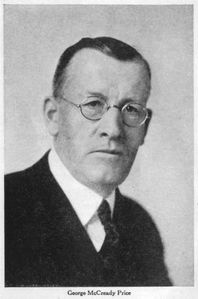
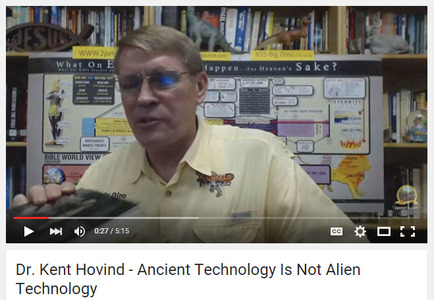

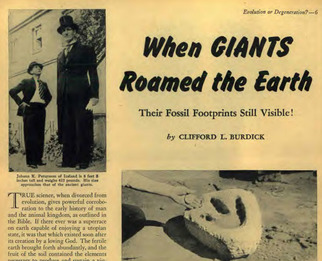



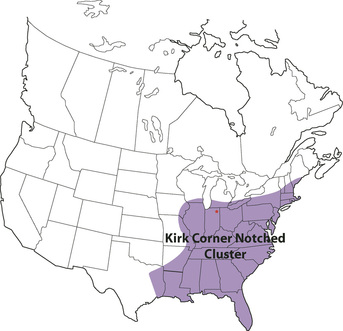
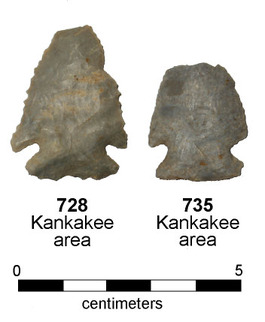

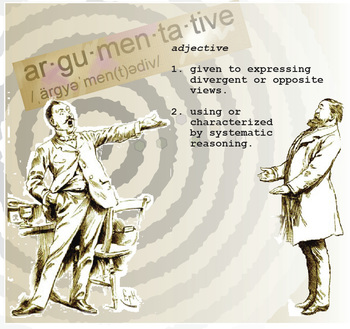
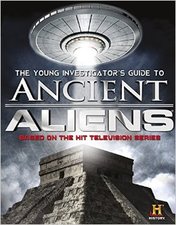



 RSS Feed
RSS Feed
